PALS Megacode Scenario Simulations on Respiratory Distress
Respiratory distress can escalate quickly. The ability to assess, intervene, and apply appropriate interventions can make all the difference in patient outcomes. This practice test is designed to immerse you in realistic scenarios. You’ll encounter various respiratory emergencies in the context of Advanced Life Support in pediatric patients. With each simulation, you’ll deepen your understanding of respiratory management and build the confidence needed to perform effectively under pressure.
Hurry, don’t let time run out! 5 mins 00 secs
2/10
Good try!
Now you can give it another shot9/10

